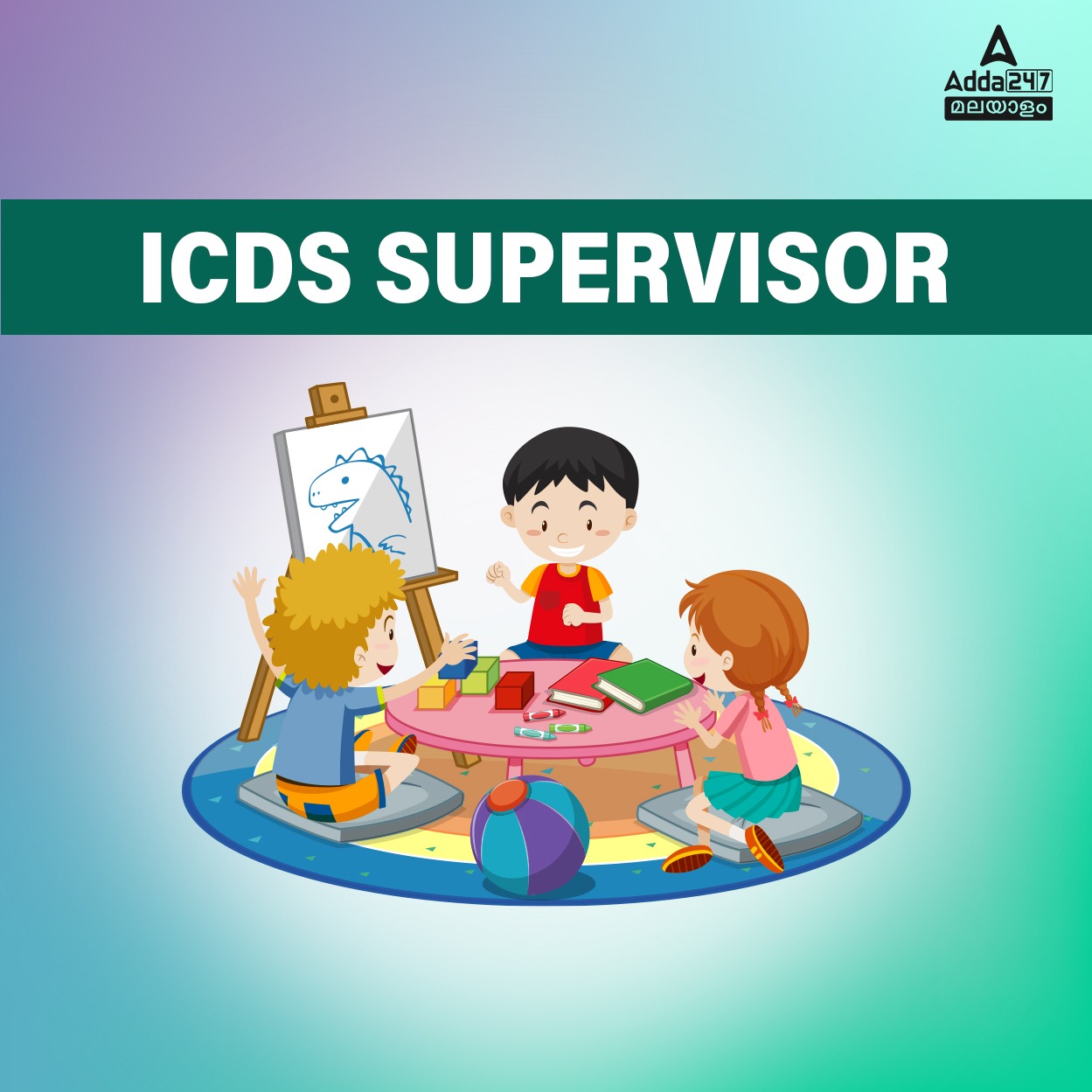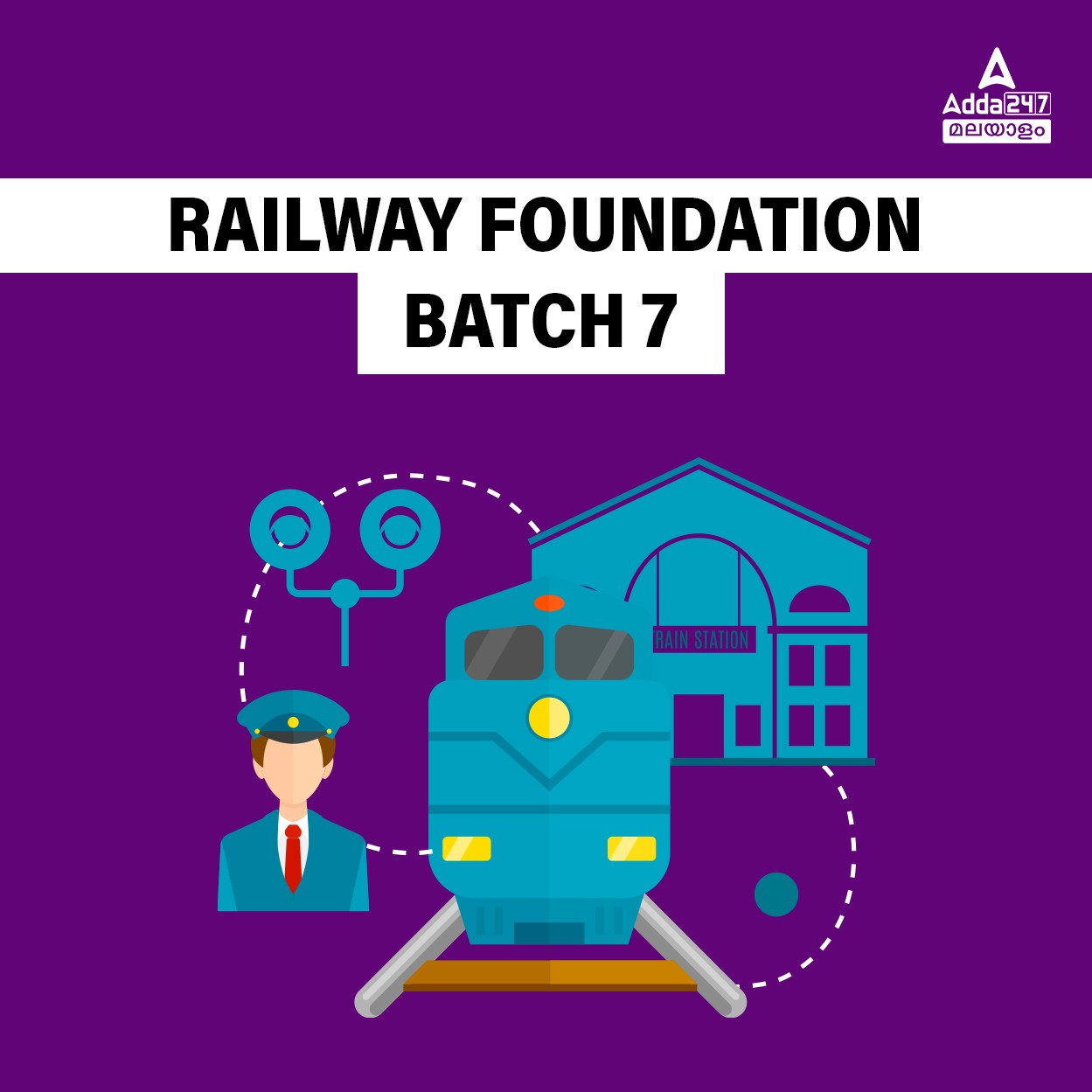Table of Contents
Addapedia Editorial Analysis: Daily News Editorial Analysis 05 July 2024
Addapedia Editorial Daily News , 05 July 2024: In this Addapedia Editorial Analysis, We cover Important News Editorials from Newspapers and provide you with detailed analysis. This ADDAPEDIA Editorial Analysis will help you in understanding the National and International events Current affairs and the background of a particular topic. This comprehensive News analysis will help you in Clearing CA and Interview for many exams.
Editorials usually cover a particular topic that might be National, State or any International event which is most important to acquire brief knowledge about the event. Editorials are written by Famous news analysts, Politicians, Business analysts, Civil Servants or a person who has immense knowledge in that particular field. Knowing Editorials will not only understand the geo-political relations but also how to write and describe any particular issue which helps especially in PSC, SSC and Banks Exams.
Computer Literacy in India
Computer literacy in India stands at 24.7% among individuals aged 15 years and above, as of 2020-21. Computer literacy is crucial in today’s world as critical services like banking, healthcare, and government services have become digital. It’s essential for accessing these services effectively and enhancing quality of life
How does computer literacy vary across age groups and states in India??
- Computer literacy decreases with age, peaking at 45.9% among individuals aged 20-24 years and dropping to 4.4% for those aged 65-69 years.
- There’s also significant variation across states. For the 20-39 age group, Kerala leads with 72.7% literacy, while Assam lags at 17.6%.
- Economically disadvantaged states generally have lower computer literacy rates, which could exacerbate development gaps across Indian states.
What are the consequences of computer illiteracy in today’s digital society?
- Limited job prospects: Employers increasingly seek individuals familiar with computers and capable of executing complex tasks.
- Social isolation: Inability to participate in digital social platforms and online communities.
- Financial exclusion: Restricted access to online transactions, banking services, and e-commerce.
- Limited access to information: Inability to leverage vast online resources for learning and personal development.
- Reduced employability: Studies show lower employment rates for those without computer skills.
- Lower productivity: Computer skills enhance worker productivity in many sectors.
- Income disparity: Those with better computer skills can leverage technology for career advancement, leading to higher earnings.
- Difficulty accessing essential services: As more services become digital (e.g., healthcare, government services), computer illiteracy creates barriers.
- Educational disadvantages: Struggle to participate in online learning opportunities or access digital educational resources.
- Digital divide exacerbation: Widens the gap between the technologically empowered and the disadvantaged.
What measures can be taken to improve computer literacy in India?
- Schools should equip all students with computer skills to bridge the digital divide.
- The government should allocate resources for training computer personnel and ensure sufficient staffing levels.
- Targeted programs should be developed for the older population outside the formal education system, involving local governing bodies and NGOs.
- The government should conduct a thorough review of computer literacy programs and develop strategies to achieve higher literacy rates and reduce disparities.
- There’s a need to address the infrastructure and qualified teacher shortage in schools and colleges across India to improve computer education.
Can you answer the following question?
Despite initiatives like Digital India, computer literacy rates in India remain low, with significant disparities across age groups, states, and rural-urban divides. Discuss the consequences of this digital divide and suggest comprehensive measures to bridge the gap.
Five Year Climate Agenda
Over the last decade, India has shown significant climate intent and progress on many fronts.
How has India’s approach to climate action evolved over the last decade?
- India has transformed from a hesitant participant to a bold leader in global climate discourse.
- It has initiated global institutions like the International Solar Alliance and shaped narratives such as the Green Development Pact under its G-20 presidency.
- India has also set ambitious domestic emission mitigation targets, including a 2070 net-zero goal, and implemented sustainability-linked domestic economic policies like the Indian emissions carbon trading scheme.
What should be India’s strategy for climate action in the next five years?
The government should take “go higher, go wider, go deeper” approach:
- “Go higher” refers to enhancing India’s global leadership, potentially hosting international climate summits, and shaping global climate negotiations.
- India should plan ahead for hosting major climate summits, decide on key issues to push in negotiations (such as adaptation finance or restrictions on fossil fuel investments), and work on building consensus among countries.
- India should continue emphasizing equity in international forums and create leadership space in global institutions that can deliver climate finance.
- “Go wider” involves adopting and communicating sectoral emission reduction targets beyond the power sector, such as in private mobility.
- Setting clear targets for zero-carbon two- and four-wheelers.Setting a timeline for phasing out internal combustion engine vehicles
- Setting decarbonization targets for heavy industries like steel, cement, and chemicals
- Setting targets for reducing methane emissions from rice cultivation and livestock
- Establishing emission reduction targets for domestic flights and shipping
- “Go deeper” implies focusing on sub-national climate action and resilience, involving states more actively in climate planning and implementation.
- Creating a Centre-State coordination group, incentivizing state-level climate actions. The goal is to better coordinate state-level actions without compromising their autonomy.
Can you answer the following question?
India should follow the mantra of ‘go higher, go wider, go deeper’ to align its climate leadership with economic prowess. Comment.
Addapedia Editorial Analysis 05 July 2024 PDF Download Link
കേരളത്തിലെ എല്ലാ മത്സര പരീക്ഷകൾക്കും ഓൺലൈൻ ക്ലാസുകൾ, വീഡിയോ കോഴ്സുകൾ, ടെസ്റ്റ് സീരീസ്, പുസ്തകങ്ങൾ, മറ്റ് പഠന സാമഗ്രികൾ എന്നിവ ചുവടെ നൽകിയിരിക്കുന്ന ലിങ്കിൽ ക്ലിക്കുചെയ്ത് കണ്ടെത്താനാകും.
***വരാനിരിക്കുന്ന പരീക്ഷകളിൽ വിജയിക്കാൻ ഞങ്ങളോടൊപ്പം ചേരുക***
*ലക്ഷ്യത്തിലേക്കുള്ള ആദ്യ ചുവടുവെപ്പ് | ADDA247 മലയാളത്തിൽ പരിശീലനം ആരംഭിക്കൂ*
Adda247 Malayalam Youtube Channel |
Telegram group:- KPSC Sure Shot Selection











